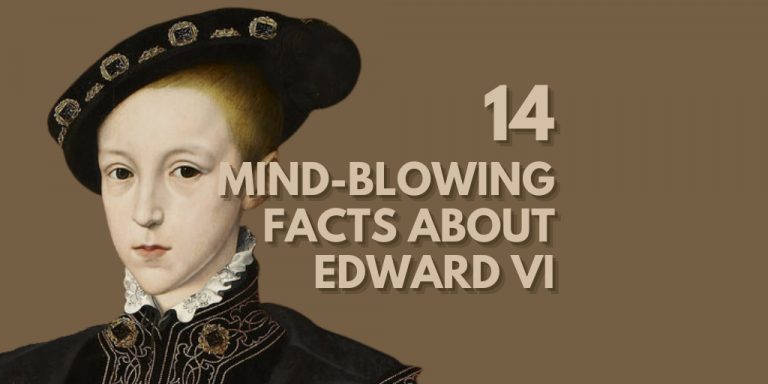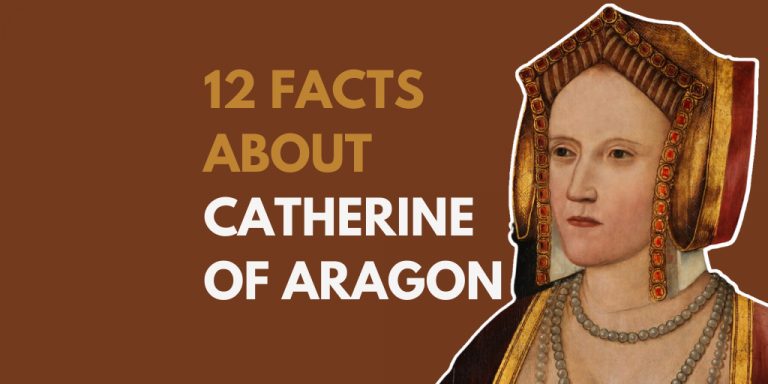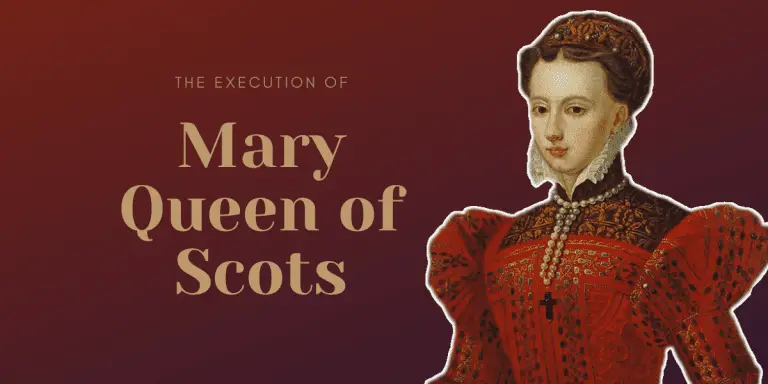What is the royal standard flag?
The Royal Standard represents the Sovereign and the United Kingdom and is reserved only for the monarch, as the name suggests.
There are two versions of the flag. One is used in England, Northern Ireland, Wales, the Crown dependencies, and the British Overseas Territories, and the other for use in Scotland.
The Royal Standard Flag always flies over the residence that the monarch is residing in. It is brought down when the monarch leaves. The Royal Standard is also on the front of the monarch’s car, usually the Bentley State Limousine, when they are travelling.
The evolution of the Royal Standard Flag
The first flag that could be considered a Royal Standard was the Royal Banner of King Richard I, which was used between 1198 and 1340. It has three gold lions with blue tongues and claws, walking and facing the observer. They are arranged in a column on a red background. It is this Royal Banner that became known as the Coat of Arms of England and has been used as part of every Royal standard flag since.
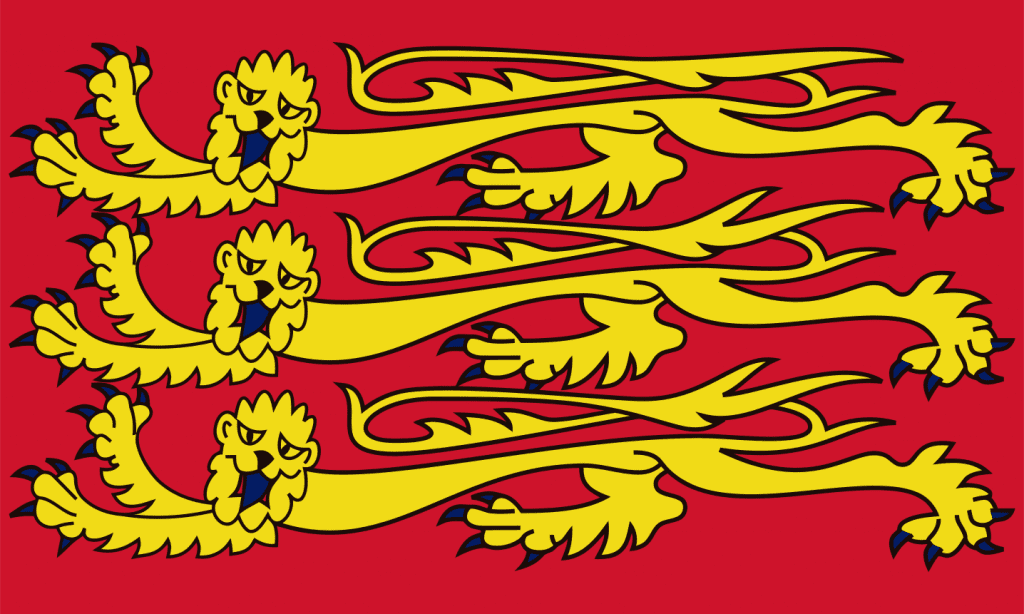
King Edward III introduced the fleur-de-lis into the design in order to represent his claim to the French throne. He quartered the fleur-de-lis with the Coat of Arms of England.
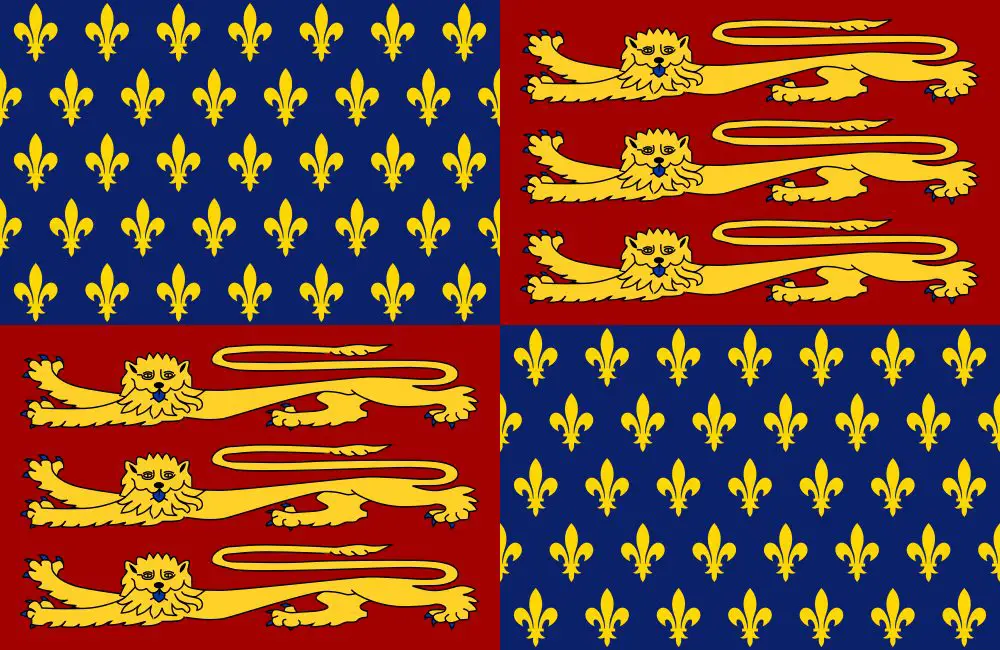
A further change took place under Henry IV in 1406. The French Fleur-de-lis’ were reduced to just three in number to match the number of lions. This remained the Royal Banner throughout the Wars of the Roses and the Tudor dynasty.
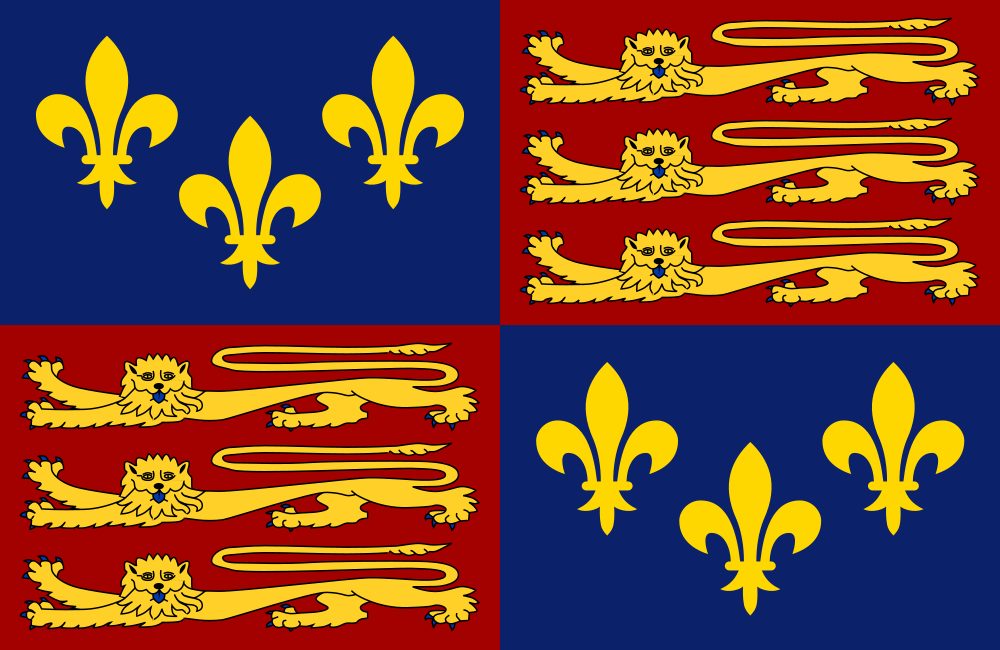
The arrival of the Scottish Stuarts on the English throne brought about a considerable change. The second quarter now represented Scotland, and the third quarter now represented Ireland.In 1689 William III added an inescutcheon for the House of Nassau.

In 1689 William III added an inescutcheon for the House of Nassau.
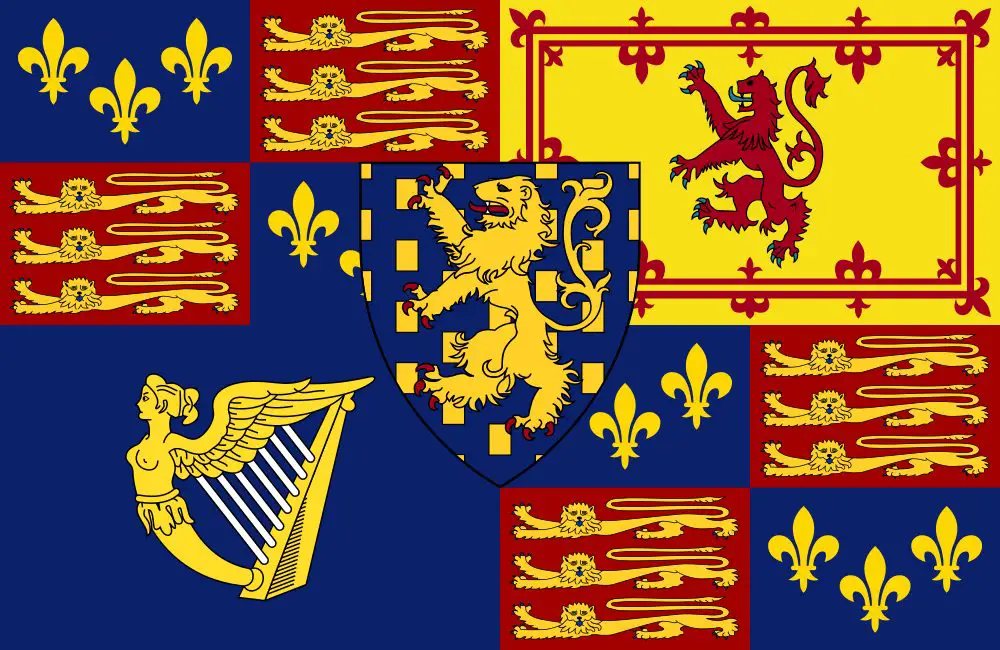
The one constant is the motto that is also associated with the Monarch, Dieu et mon Droit, meaning God and my right.
What is the current Royal Standard Flag?
The current Standard has four quarterings – England (three lions passant) in the first and fourth quarters, Scotland (a lion rampant) in the second quarter, and Ireland (a harp) in the third quarter. Since Wales was recognised as a Principality with the creation of the Prince of Wales before Scotland and Ireland were incorporated into the Royal Arms, Wales is not represented in the Royal Standard.
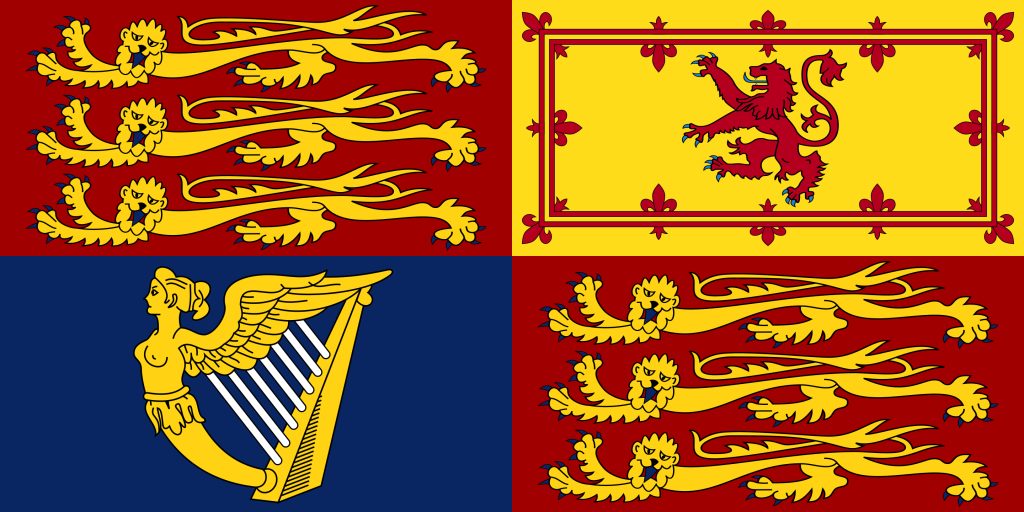
A different Royal Standard of the United Kingdom is used in Scotland which depicts the red Lion Rampant of the Kingdom of Scotland in the first and fourth quadrants, in place of the three gold lions passant guardant of England, which are found only in the second quadrant. The third quadrant displays the gold harp of Ireland as seen in the version used throughout the United Kingdom and abroad.

Where is the Royal Standard Flag flown?
The Royal Standard never flies at half-mast like the Union Flag might because a Sovereign is always alive and reigning on the throne, even following the death of a monarch.
When the reigning monarch is in residence in any of the Royal Palaces, the Royal Standard will be flown. When the Monarch is not in residence, the Union Jack is flown above Buckingham Palace instead of the Standard. The Royal Standard flying from Victoria Tower indicates the Monarch’s attendance in Parliament at the Palace of Westminster. It is present on the Monarch’s car when on official journeys and on aircraft when on the ground. It may also be flown at the request of the owner or proprietor of any official or private building while the Monarch is visiting, as long as it is not an ecclesiastical building. Westminster Abbey is the only church permitted to fly a Royal Standard, whether the Sovereign is present or not.
When the coffin of Queen Elizabeth II moved during the procession from the Palace of Holyroodhouse to St. Giles’ Cathedral on 12 September 2022 along the Royal Mile, The Scottish version of the Royal Standard covered her coffin. The Royal Family uses the Scottish version when in Scotland, all but the consort of a queen regnant and the heir apparent, the Duke of Rothesay who have their own individual standards.
The heir to the throne always carries the Royal Standard just in case it happens that succession becomes immediate.


